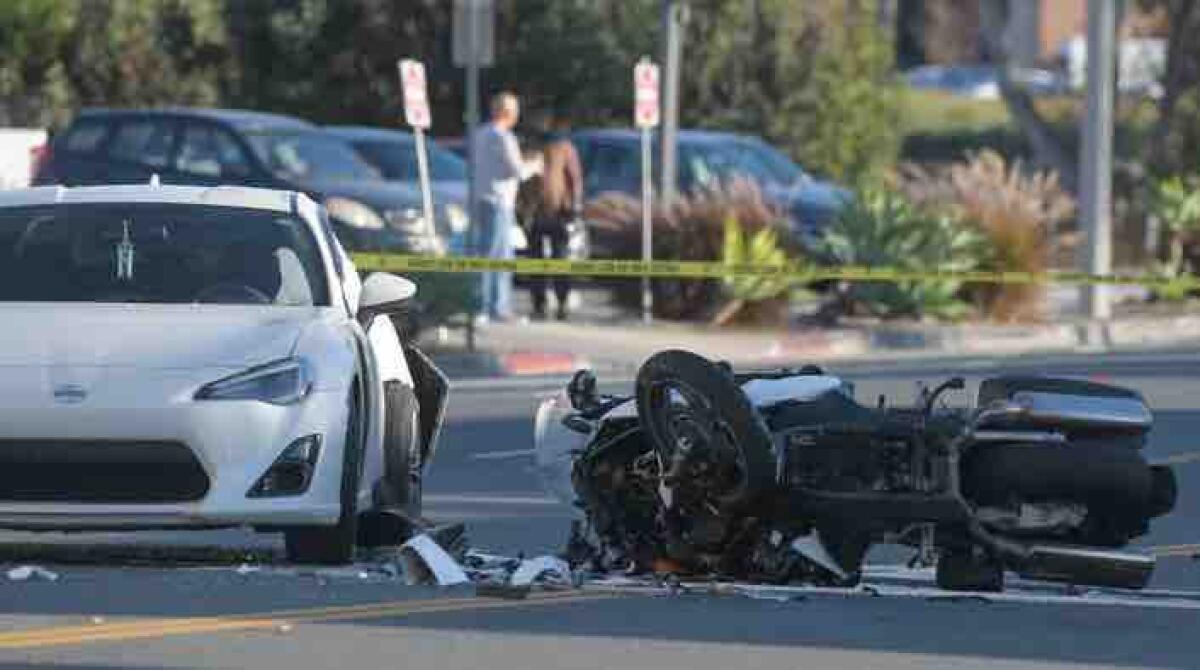A person in Chicago was sadly shot and lost their life during a broadcast on Facebook Live, an alarming event that emphasizes the increasingly blurred boundaries between online life and real-world violence. The individual was live-streaming at the moment of the deadly incident, capturing the terrifying moment for viewers around the globe as it happened in real-time. This tragic intersection of social media and street violence has become a worrying trend, prompting serious questions about technology’s role in recording and, at times, escalating violence. The occurrence serves as a startling and somber reminder of the risks that people face, even as they strive to interact with their communities online.
The incident unfolded with chilling swiftness. The man was reportedly interacting with his friends and followers on the social media platform when the gunfire began. The live stream, which had been a casual moment of connection, instantly transformed into a terrifying record of his final moments. The video, which has since been removed or restricted by Facebook, quickly went viral, spreading across the internet and becoming a grim testament to the speed at which tragic events can be shared in the digital age. It’s a stark example of how a platform designed for sharing moments of joy and everyday life can also be used to broadcast a moment of profound and irredeemable loss.
This is not an isolated event. Over the past few years, there have been a number of similar cases where violent acts, including assaults and homicides, have been live-streamed on social media. These events challenge our understanding of public and private space, forcing us to confront the fact that our digital lives are now inextricably linked to our physical ones. They also raise difficult questions about the responsibility of social media companies to monitor and moderate content. While these platforms have implemented sophisticated algorithms to detect and remove violent material, the real-time nature of live streaming makes it incredibly difficult to intervene before an event is broadcast to thousands of people.
The shooting incident in Chicago has reignited discussions surrounding gun violence and its unequal effects on specific communities. The individual was part of a community struggling with elevated levels of violence for many years, and the live stream showcased the everyday experiences within a neighborhood where the risk of violence is ever-present. In this context, the broadcast was more than a mere documentation of a criminal act; it served as a compelling, albeit unintended, reflection on the systemic challenges that perpetuate a cycle of violence in city environments. It compels a dialogue on the fundamental contributors to crime, such as poverty, limited opportunities, and an overwhelming feeling of despair.
Many people find the live streaming of the shooting to be a troubling new type of media. It is uncensored, direct, and intensely personal. Unlike a polished news segment that offers context and an emotional buffer, a live broadcast places the audience right in the midst of a chaotic and frightening scene. This directness can be profoundly disturbing and, for some individuals, traumatic. It additionally poses questions about the morality of viewing such material and whether it supports a culture becoming insensitive to violence. The spectator turns into a passive onlooker of a personal calamity, and the experience can be challenging to comprehend.
The incident also has legal and ethical implications for law enforcement. The live stream could be used as evidence in a criminal investigation, providing police with a direct and unedited account of the events leading up to and during the crime. However, the video’s viral nature and its wide distribution also present challenges. It can be difficult to control its spread, and its contents could potentially compromise a fair trial or lead to further violence. The legal system is now grappling with how to handle a new class of evidence, one that is not only a record of a crime but also a potent piece of viral content.
The shooting of the Chicago man while he was on Facebook Live is a tragic event that serves as a powerful metaphor for our times. It is a story of a human being whose life was tragically cut short, but it is also a story about technology, media, and the complex social issues that we face as a society. It is a stark reminder that while the digital world can connect us in powerful ways, it can also amplify and document the darkest moments of our lives. It forces us to confront the reality that for some, the line between the virtual and the violent is perilously thin.


